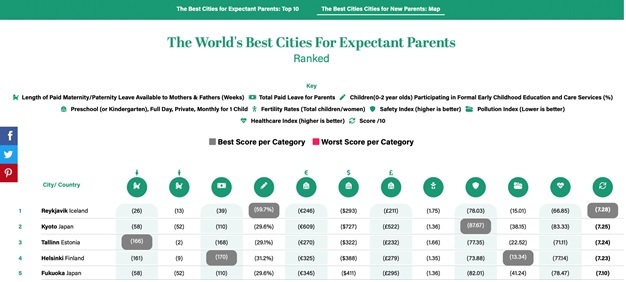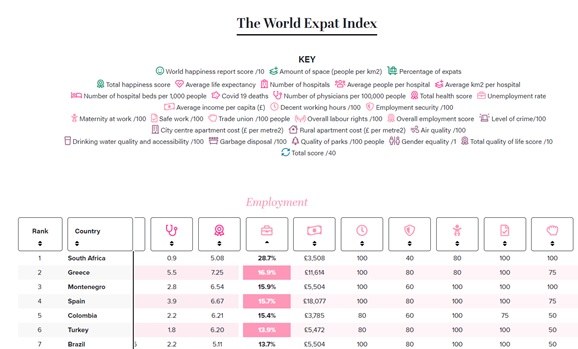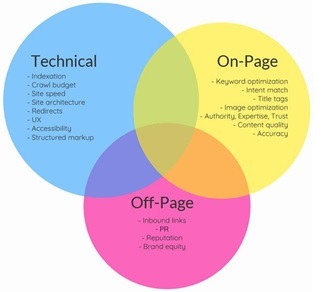Eka Vankova, Global Campaigns Lead at William Russell.
In the UK finance market, there has been a trend towards distributing content through digital PR as part of a marketing strategy for several years now. This is done by big finance brands with huge budgets and smaller companies. Why? To increase the number of leads, the authority of the domain and increase the recognition of their experts. And of course, attract new relevant traffic.
In this article:
– What Is Digital PR in Financial Services?
– Digital PR vs Traditional PR
– How to Measure Digital PR Success in Financial Services
What Is Digital PR in financial services in 2021?
Digital PR is the use of PR tactics to generate backlinks in support of SEO, PR and marketing strategy.
The first secret to success is to come up with a cool, product- and context-relevant idea that adds editorial value to the journalist. These can be not only interactive campaigns but also online tools – calculators or interactive tables that the publication can refer to.
The second is the active promotion of content (outreach) to relevant journalists and publications. But the plus of digital PR campaigns is that they often have virality and a snowball effect occurs: when one top publication picks up an idea, other media start writing about it.

In addition, it is important to remember that backlinks are one of three important factors to improve your organic website promotion results. Links from other sites let search engines know that your site is trustworthy, authoritative, and can be recommended to other users. The site becomes a source of information for search engine users.
Digital marketers have realised the importance of introducing technical SEO and content to improve site rankings in organic search, and digital PR has received this much attention over the past two to three years. In 2021, Google’s John Mueller gave digital PR as a tactic his seal of approval.
Digital PR vs Traditional PR
One of the biggest confusion that arises when it comes to digital PR is the comparison, often made with traditional PR, that the lines between traditional PR and digital have begun to blur.
Digital PR is about leveraging media resources to generate backlinks and other competitive advantages that impact organic website visibility and SEO efforts. The key performance indicators of this tactic are often the quality of the links earned and their impact on SEO performance. It is easier to measure since you can more or less accurately tell how many people ended up on your site after a digital PR campaign.
Digital PR is about creating quality, unique content that tells stories so good that journalists really want to cover and link to them.
Sometimes digital PR tells stories of a brand or product promotion, but more often it is “independent” – in the literal sense of the word, in digital PR campaigns we always try to make sure that the brand logo is not conspicuous – research or ranking based on analysing data or developing interactive tools and calculators for the convenience of readers.

On the other hand, traditional PR is almost always based on key metrics for increasing brand awareness. It is much more difficult to measure its real effectiveness.
Traditional PR still focuses heavily on offline media, while digital PR usually focuses on online publishing.
Interestingly, in some finance corporations in London, digital PR works in synergy with the traditional PR department. I can’t help but note that traditional PR people often compete with digital, especially in corporations. They want to preserve their long-term relationship with journalists, but the most important thing for journalists is high-quality relevant content.
In addition, according to recent research, when journalists create articles, they often have to think about how much their content will go for social media (for example, this is one of the KPIs of editorial offices in England). Digital PR in finance is just right for these purposes – it is easy and cool to share such content on social networks with your contacts, because the campaign is based on something non-standard and causes a wow effect from reading, or is useful. That is, digital PR campaigns bring value to the editorial office, and you help the journalist achieve their performance indicators through an interesting digital PR campaign.
How to Measure Digital PR Success in Financial Services
How do you measure the effectiveness of this strategy in order to truly demonstrate its business impact and justify the further investment?
Brands require digital PR agencies to regularly report on campaign performance, and link building is getting harder and harder. Sometimes journalists are not allowed to provide links as part of editorial policy, but they can make an exception if the campaign or content really adds value to the article and is useful to the readers.
Quality of earned links
It is necessary to pass the received links through special tools for link analysis. In the West, these are Ahrefs, SemRush, Moz. Potential reach can be seen.
Enter your campaign URL (assuming you’ve published a piece of content) into Ahrefs or the page that was promoted and go to the Backlinks tab to see all the webpages that are linked to. Pay attention to the Page AS (Authority Rating) of the links earned.
Increase in sales
You need to set up analytics in the company to see how links affect sales from landing pages or through an increase in the so-called branded traffic (that is, when brand awareness increases, people are more likely to drive the brand name into the search engine.
Additionally, referral traffic can be monitored to show the results of campaigns. This can be done in Google Analytics -> Acquisition -> Referrals.
The second line from the top shows referral traffic.
Number of links
And their impact on organic visibility. Use an organic research tool to see how your site’s visibility changes over time. Analyze versus campaign launches.
Ahrefs research proves that traffic grows with quality links.
In addition, the volume of traffic by keywords is increasing.
- The ratio of follow and nofollow links (MOZ, agrefs, SemRush, Majestic)
- Social engagement (BuzzSumo).
While digital PR is commonly used as a link building tactic, in reality, it can do much more than other approaches. Digital PR is easily scalable, can help you earn authoritative links that are not available to other tactics, improve your brand and attract new customers.


